Apple trees are a wonderful addition to any garden because they provide delicious fruit and beautiful blooms. However, certain plants can hinder apple tree growth, reduce fruit production, and attract pests or diseases. About 65 percent of gardeners report issues with incompatible companion plants affecting tree health. Choosing the wrong plant near apple trees can compete for nutrients, water, and sunlight while increasing disease risk. Understanding which plants to avoid can help maintain a strong and productive orchard. Here are ten plants that should never be grown near apple trees to ensure optimal growth, fruit quality, and long-term health.
1. Black Walnut
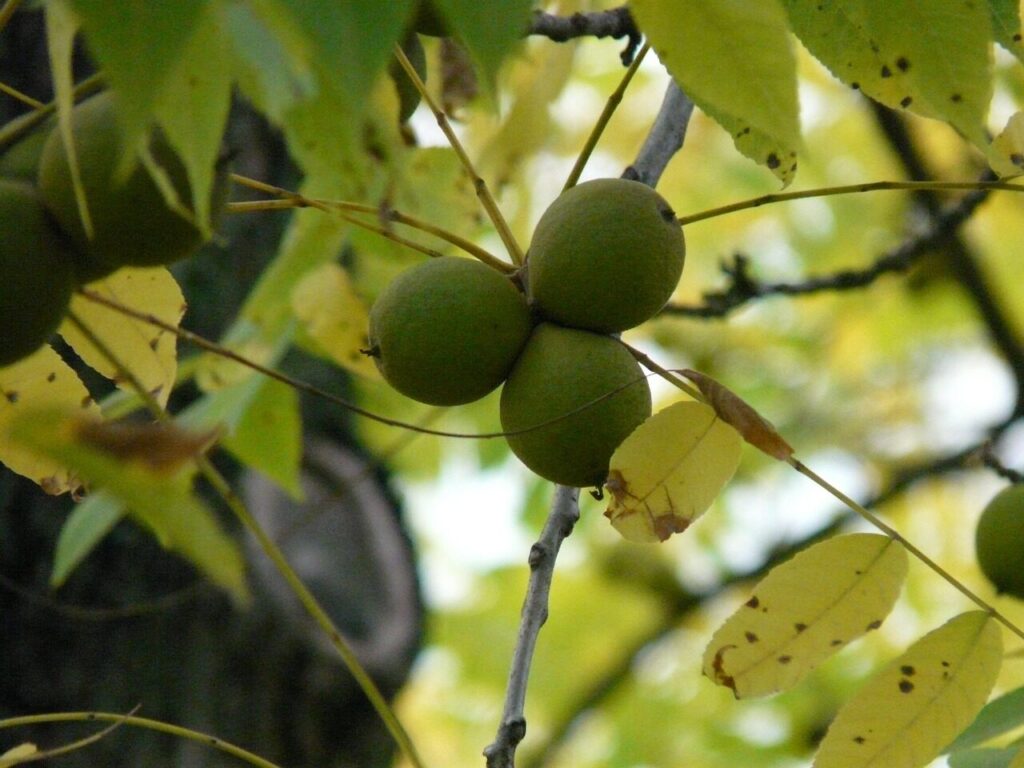
Black walnut trees release a chemical called juglone into the soil through roots, leaves, and nut hulls. Juglone is highly toxic to apple trees and can cause stunted growth, yellowing leaves, and reduced fruit production. The root zone of a black walnut can extend far beyond its canopy, affecting nearby plants. Apple trees are especially sensitive during the first few years of growth. Gardeners should maintain a large buffer zone or avoid planting apple trees near black walnuts to prevent chemical interference and ensure healthy development.
2. Fennel
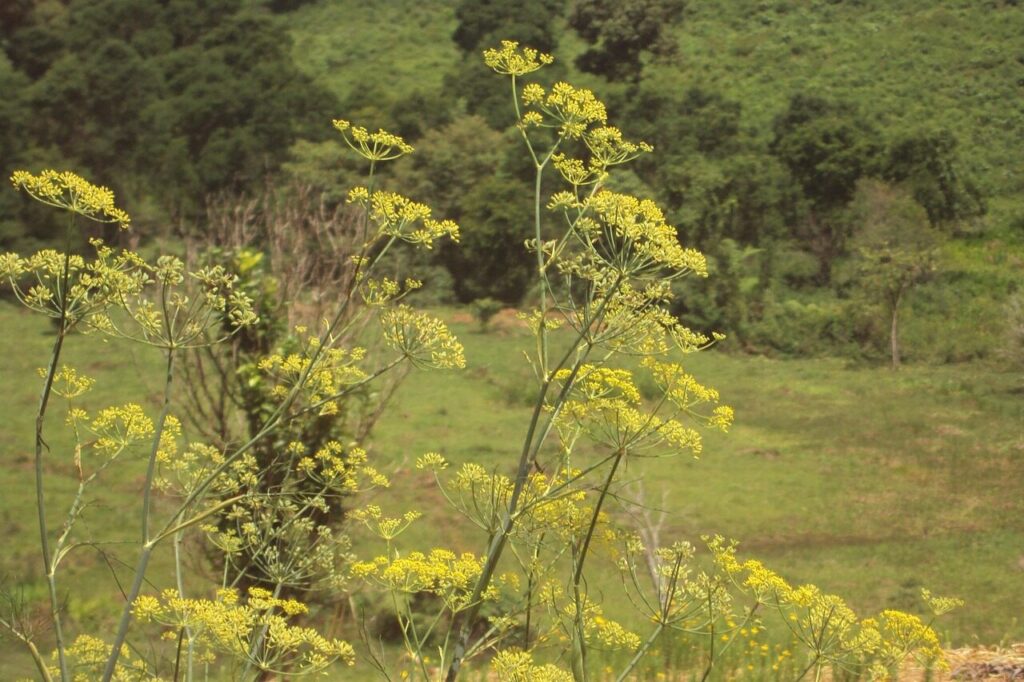
Fennel can inhibit the growth of nearby plants because it produces compounds that interfere with root development. While evidence varies, many experts recommend keeping fennel away from young apple trees to avoid potential growth suppression. Its strong roots also compete for nutrients and water, and fennel can attract certain pests that may spread to apple trees. To prevent these issues, fennel should be grown in containers or in areas well separated from apple trees, ensuring both plants thrive without competition or pest transfer.
3. Sunflowers
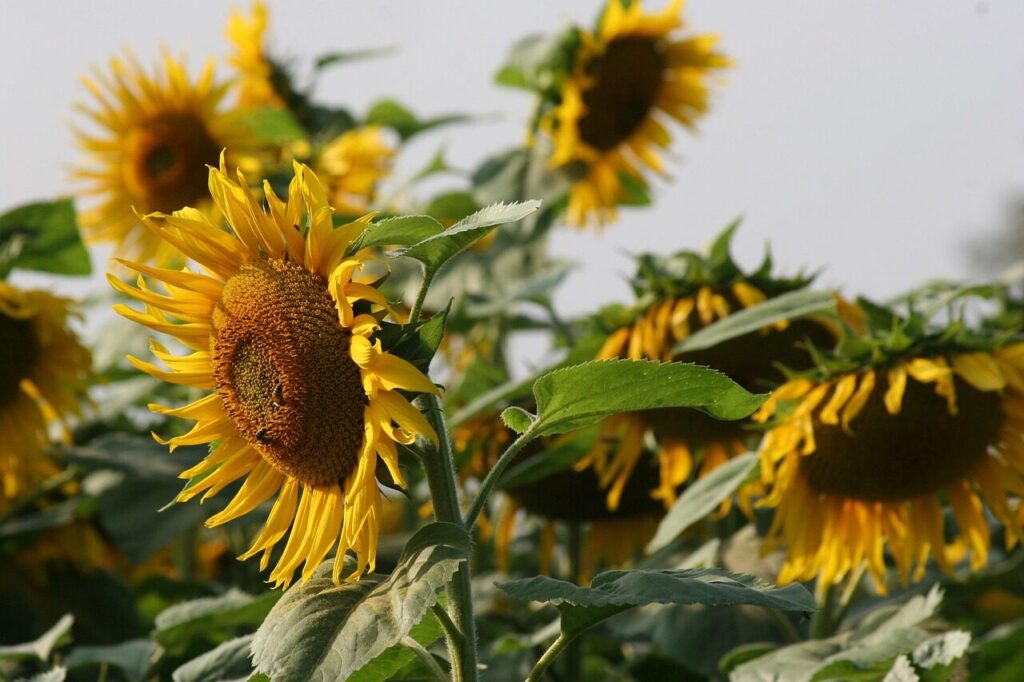
Sunflowers have tall stalks and extensive root systems that compete with apple trees for nutrients, water, and sunlight. Their height can create shade, reducing the light available for apple tree leaves to perform photosynthesis and properly ripen fruit. Sunflowers can also attract aphids and leafhoppers that may feed on apple trees. Planting sunflowers at least five meters away from apple trees helps prevent competition for resources while allowing both plants to grow successfully and maintain healthy fruit production.
4. Tomatoes

Tomato plants and apple trees are susceptible to some of the same soil-borne diseases and fungal infections, including blights. Planting tomatoes too close to apple trees can increase disease risk and reduce airflow, which may promote fungal growth on apple leaves and fruit. Tomatoes also compete for nutrients and water, potentially stressing young trees. Maintaining separate zones for tomatoes and apple trees and practicing crop rotation can prevent disease transmission, minimize competition, and protect the health of apple trees throughout the growing season.
5. Peppers
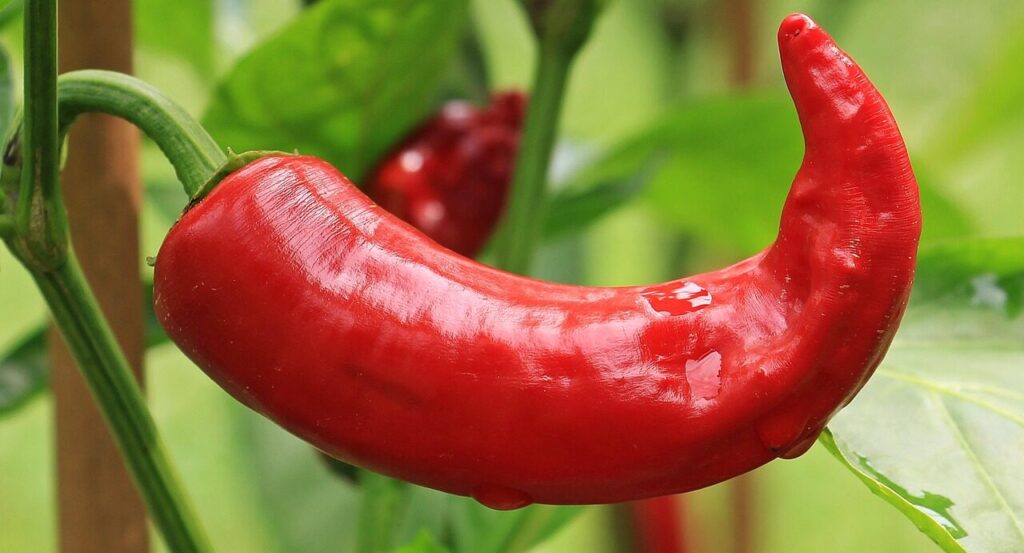
Pepper plants belong to the nightshade family and can share certain soil-borne pathogens that affect apple trees. Peppers compete for water and nutrients, which may reduce apple tree growth and fruit yield. Dense planting of peppers near apple trees can also limit airflow, increasing humidity and the risk of fungal infections. Gardeners should plant peppers away from apple trees and ensure proper spacing to maintain healthy growth, minimize disease risk, and allow both crops to thrive independently.
6. Mint

Mint is highly invasive and spreads quickly through underground runners. If planted near apple trees, mint can overtake the root zone, compete for nutrients and water, and create dense foliage that reduces airflow. High humidity around apple trees caused by nearby mint can promote fungal diseases. To prevent these issues, mint should be grown in containers or isolated beds, keeping it separate from apple tree roots while still allowing it to flourish in the garden.
7. Potatoes
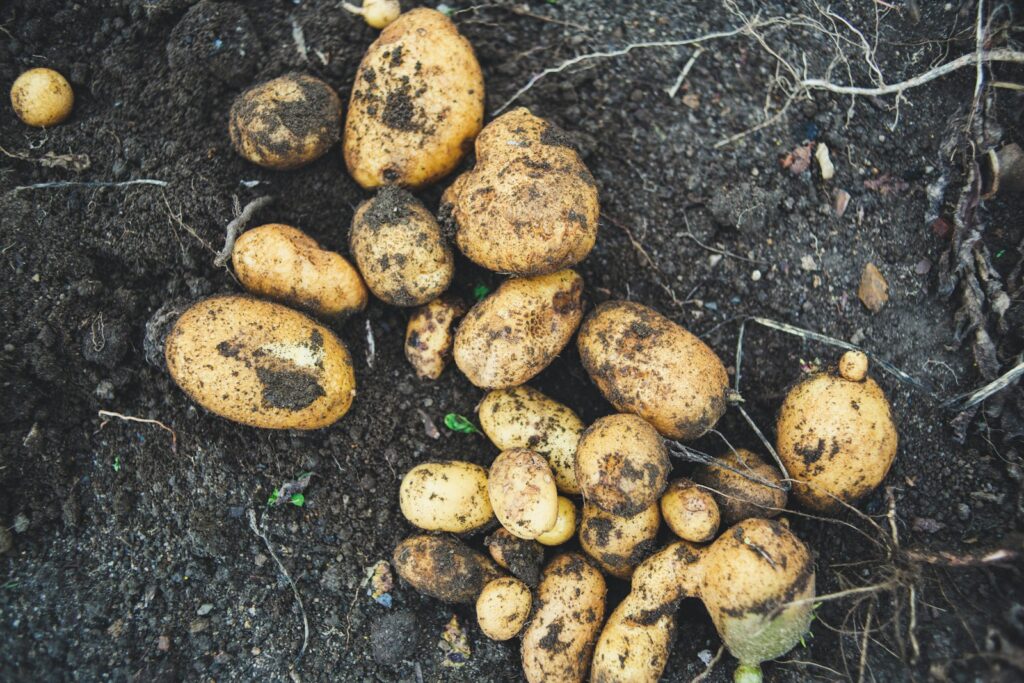
Potatoes are heavy feeders, and their cultivation can disturb the soil around the apple tree roots. They are also susceptible to soil-borne diseases such as blight and nematodes, which can indirectly affect apple trees if planted nearby. Planting potatoes close to apple trees can increase competition for nutrients, especially nitrogen, and reduce tree growth and fruit production. Gardeners should plant potatoes in separate areas or rotate crops to maintain soil health and protect apple trees from stress.
8. Rhubarb
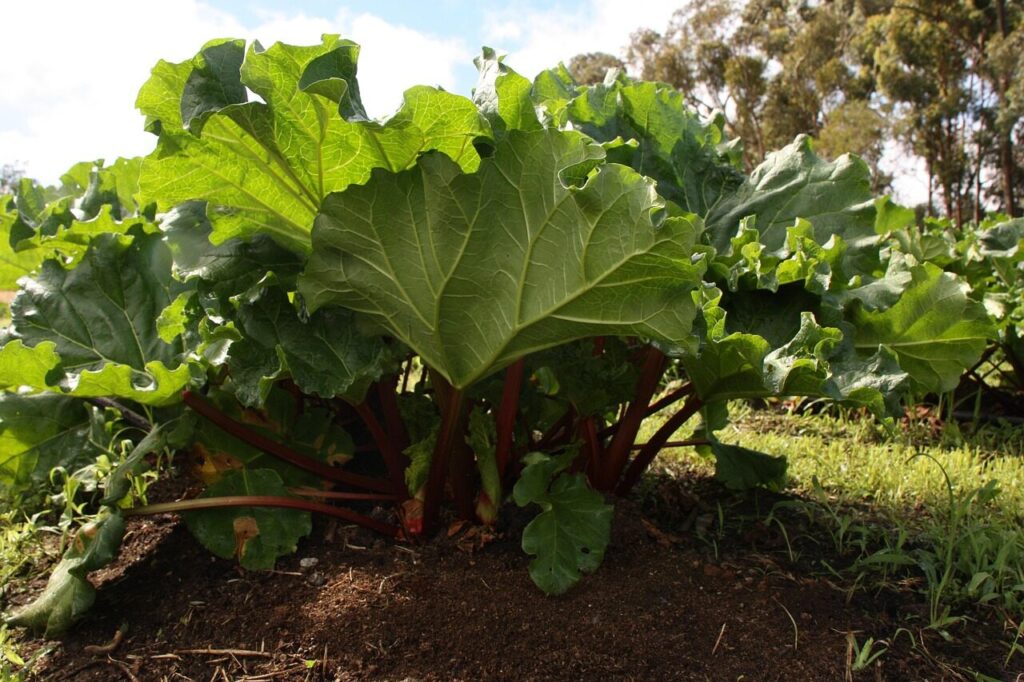
Rhubarb is a vigorous plant that requires nutrient-rich soil and can compete with apple trees for nutrients and water if planted too close. Its large leaves may also shade young apple trees, reducing sunlight exposure necessary for photosynthesis and fruit ripening. Planting rhubarb in separate beds or containers prevents competition and ensures apple trees receive sufficient light, water, and nutrients, maintaining both plant health and fruit quality.
9. Comfrey

Comfrey has deep roots that compete with apple trees for water and nutrients, reducing growth and fruit size by up to 30 percent. While comfrey can be used as mulch or compost, planting it too close to apple trees increases competition in the root zone. Over time, this can lower tree vigor and fruit quality. Gardeners should maintain a safe distance or grow comfrey in separate beds. Using comfrey for compost indirectly benefits apple trees without creating competition, supporting healthy soil and promoting a productive orchard.
10. Black Locust
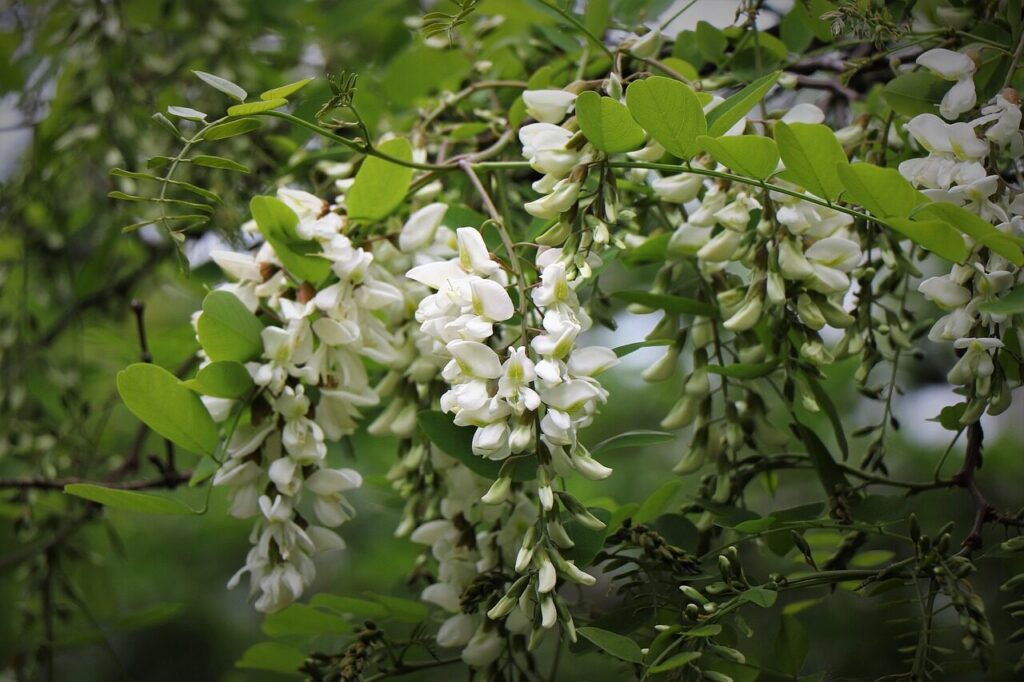
Black locust trees can produce dense shade and compete aggressively for nutrients and water. Their rapid growth and extensive root systems may negatively affect apple trees planted nearby. Additionally, black locust leaves and debris can create a microenvironment that promotes fungal diseases in apple trees. Maintaining a significant distance between black locust and apple trees helps prevent these issues and supports strong growth and fruit production.
Comments